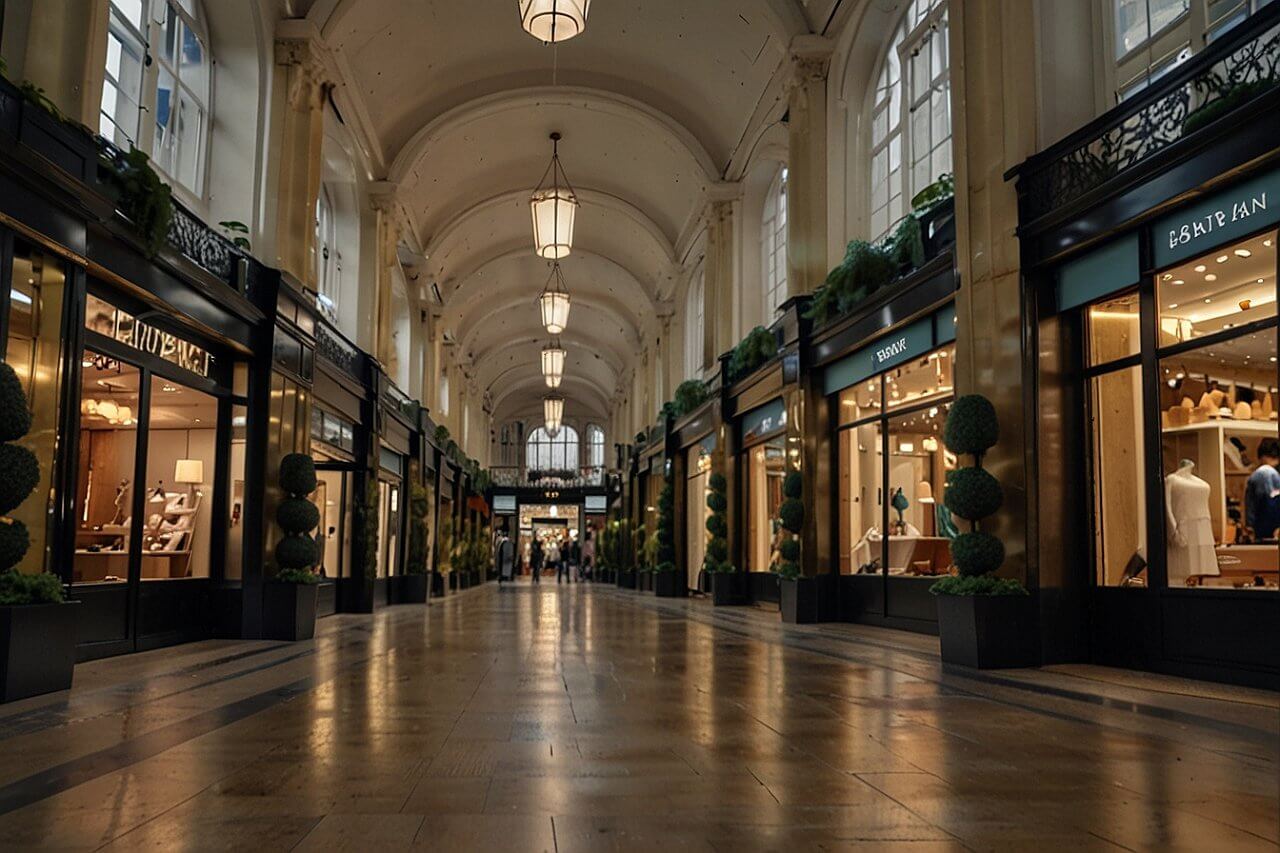
Cost of Living in London
Understanding London's Living Expenses
London is one of the most vibrant, cosmopolitan cities in the world—but it’s also among the most expensive. Whether you're relocating for work, study, or simply exploring the capital, understanding the cost of living in London is essential for budgeting and planning.
This guide breaks down the typical costs across housing, transport, groceries, entertainment, and more, helping you to navigate daily expenses in the UK capital.
Housing Costs
Rental Prices by Area
The biggest single expense for most Londoners is rent. Prices vary significantly depending on the area, proximity to Central London, transport links, and amenities.
- Central London (Zones 1–2): £2,200 – £3,200/month for a 1-bedroom flat
- Inner boroughs (e.g. Camden, Hackney, Hammersmith): £1,600 – £2,200/month
- Outer London (Zones 3–6): £1,200 – £1,600/month
- Shared accommodation: £700 – £1,200/month depending on area
Note: The rental market is competitive. Properties often get snapped up within days, so be ready to move quickly when flat-hunting.
Other Housing Costs
Besides rent, you’ll need to budget for:
- Council Tax: £80 – £200/month depending on the borough and property band
- Utilities: £150 – £250/month (electricity, gas, water)
- Internet: £25 – £50/month
Transport Costs
Using Public Transport
London’s public transport system is extensive and reliable. Most commuters use Oyster cards or contactless payment to travel on the Tube, buses, Overground, and rail.
- Monthly Travelcard (Zones 1–2): £156.30
- Pay-as-you-go daily cap (Zones 1–2): £8.30
- Bus-only pass: £88.00/month
Tip: Students, apprentices, and eligible residents may get travel discounts via the 18+ Oyster photocard or other schemes.
Owning a Car
Car ownership in London is expensive due to:
- Congestion Charge: £15/day in Central London
- ULEZ (Ultra Low Emission Zone): £12.50/day for non-compliant vehicles
- Parking permits and petrol costs
Most locals prefer public transport, cycling, or walking.
Groceries and Everyday Essentials
London offers a range of supermarkets for all budgets—from luxury retailers like Waitrose to budget-friendly stores like Lidl and Aldi.
Here’s a sample monthly grocery bill for a single person:
- Milk (4 pints): £1.55
- Loaf of bread: £1.25
- Eggs (12): £2.35
- Chicken breast (1kg): £6.50
- Rice (1kg): £1.75
- Cheese (200g): £2.00
- Fruits & Vegetables: £30–£50/month
- Average total per month: £150 – £250
Dining Out, Entertainment & Lifestyle
Restaurants and Pubs
Dining out in London ranges from budget eats to Michelin-starred indulgence:
- Coffee: £3.50 – £4.50
- Takeaway meal: £8 – £12
- Pub lunch: £12 – £18
- Three-course dinner for two (mid-range): £60 – £100
Entertainment
London is a city of culture with options for every budget:
- West End theatre ticket: £20 – £100+
- Cinema ticket: £12 – £18
- Gym membership: £40 – £100/month
- Museums: Many are free (e.g. British Museum, Tate Modern)
Education and Childcare
For families, education and childcare are key considerations. State schools are free, while private schools can cost upwards of £15,000/year per child.
- Nursery fees (full-time): £1,200 – £1,800/month
- University tuition (home students): £9,250/year
- University tuition (international students): £15,000 – £35,000/year
Healthcare and Insurance
The UK’s National Health Service (NHS) provides free healthcare at the point of use for residents, funded through taxation. However, private health insurance is an option for faster access to treatment.
- NHS prescriptions: £9.90 per item
- Private health insurance: £50 – £150/month
Is London More Expensive Than Other UK Cities?
Yes—London is consistently ranked as the most expensive city in the UK. Compared to Manchester, Birmingham, or Glasgow, you’ll find higher rent, travel, and dining costs.
However, wages in London are often higher to reflect the increased cost of living. That said, careful budgeting is essential, especially for students or early-career professionals.
How to Save Money in London
- Shop at discount supermarkets and local markets
- Take advantage of free events and museum entry
- Use travel passes and cycle whenever possible
- Consider living in Zones 3–6 and commuting in
- Use loyalty cards and student discounts
Spotlight: The Pimlico Grid
The Pimlico Grid is a striking residential layout in the heart of Westminster, south of Victoria and west of the River Thames. It is bounded by Lupus Street to the south, Warwick Way to the north, Vauxhall Bridge Road to the east, and St George's Drive to the west.
Roughly rectangular and measuring about 0.5 miles across and 0.3 miles wide, the Grid was master-planned in the 19th century by Thomas Cubitt, the same developer behind much of Belgravia. Its perfectly aligned streets form a grid pattern that gives the area its name.
The Pimlico Grid is known for its elegant stucco-fronted terraces, quiet residential character, and proximity to the river. It's a popular area for both professionals and retirees.
Fun Fact: Stanley Grove in the Pimlico Grid was one of the filming locations for the classic 1955 film "The Ladykillers." Locals and cinephiles alike enjoy spotting familiar backdrops while wandering these atmospheric streets.
Conclusion
While the cost of living in London can be high, the city offers unmatched cultural, educational, and professional opportunities. With some strategic planning and budgeting, it’s possible to make the most of everything London has to offer—whether you’re here for a short stay or putting down roots.
Quick Facts: Cost of Living in London
- Average rent (1-bed flat): £1,600 – £2,200/month
- Monthly groceries (single person): £150 – £250
- Monthly Travelcard (Zones 1–2): £156.30
- Council Tax: £80 – £200/month
- Utilities: £150 – £250/month
- Dining out (mid-range dinner for two): £60 – £100
- Childcare (nursery): £1,200 – £1,800/month
- The Pimlico Grid: Historic residential grid layout in Westminster, approx. 0.5 x 0.3 miles
- Fun Fact: Parts of the Pimlico Grid were used as a location in "The Ladykillers" (1955)

Picture of shops in a shopping arcade in London (View image in full size)